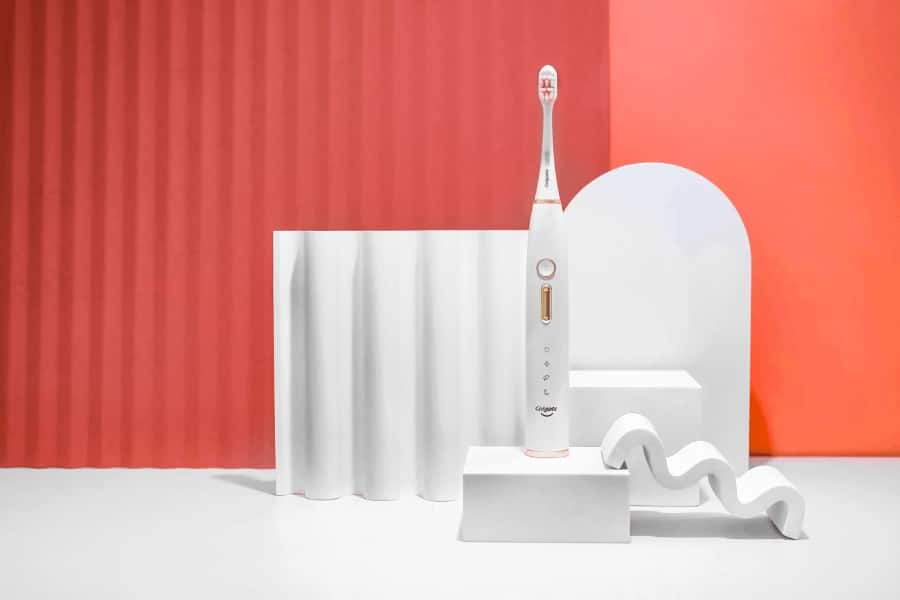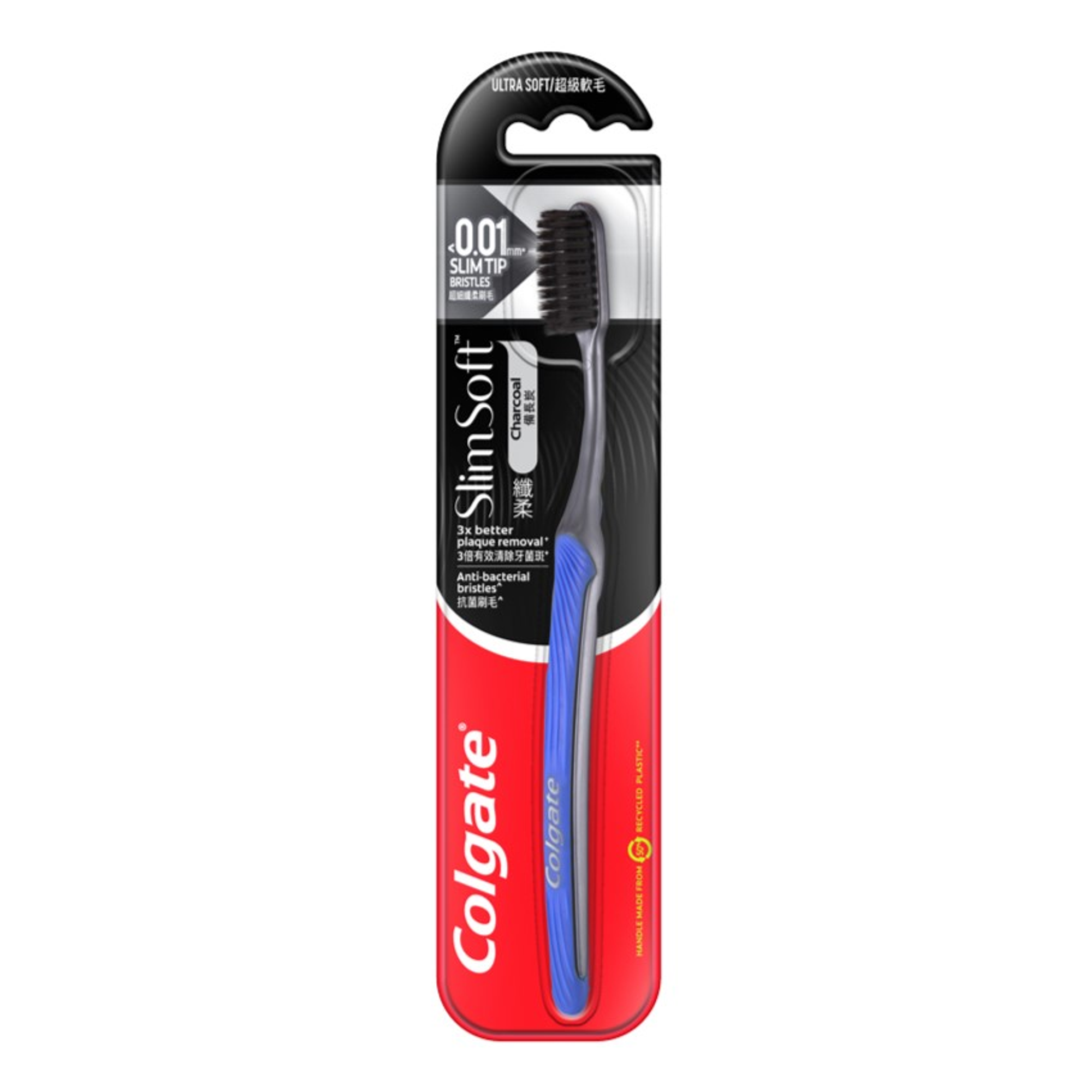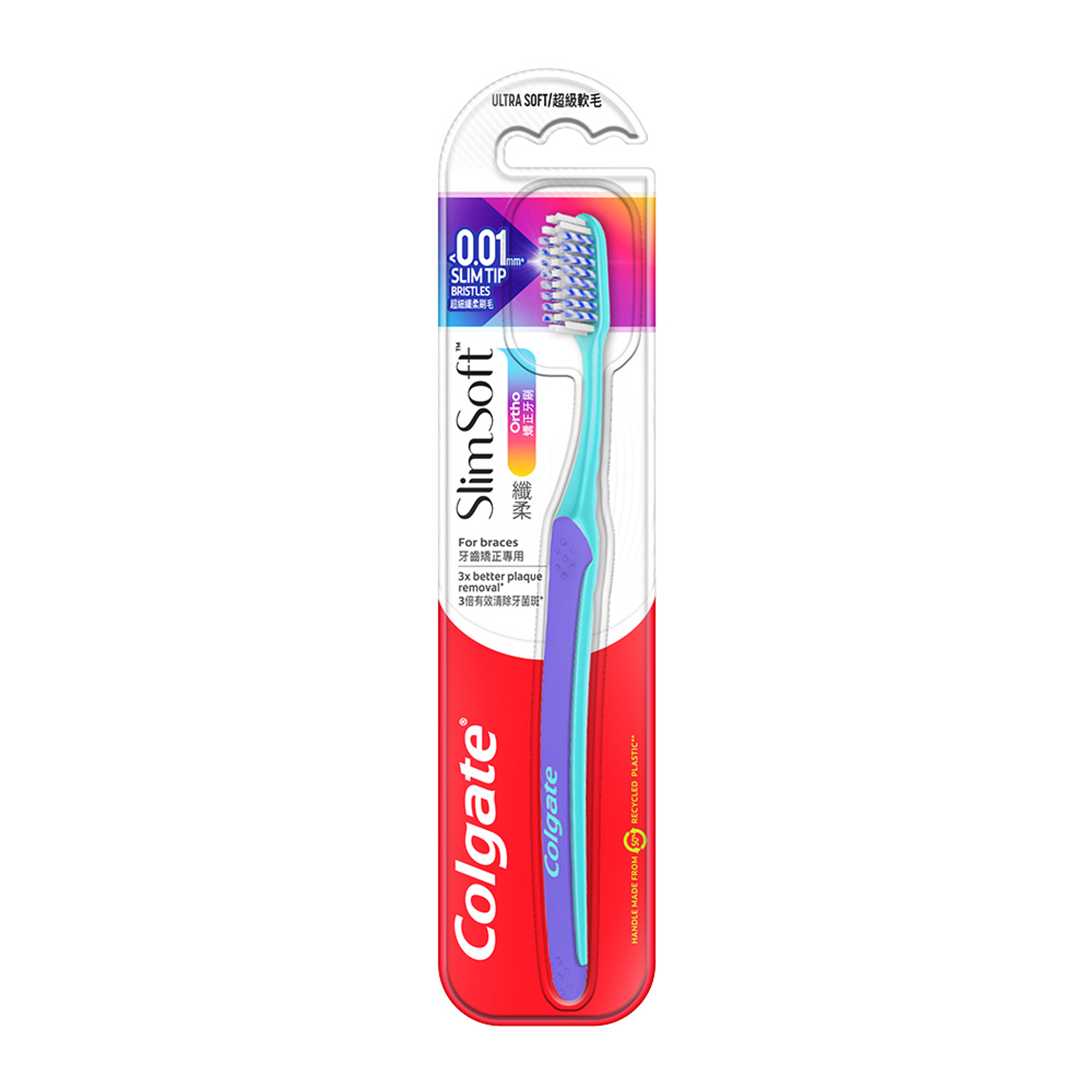Whether your braces are metal or a clear plastic, brackets and wires can trap food particles much more easily, increasing your risk of bacteria buildup. The American Academy of Pediatric Dentists (AAPD) reports that about one in five children between six and 11 years old had tooth decay in their permanent teeth as of 2013. Needless to say, cavities are still a major concern, and wearing braces makes attention to oral care even more important.
Designed to Dislodge
Metal braces, still the most common type, consist of three parts, as detailed by the Nova Scotia Dental Association : brackets, bonding and archwire. Brackets attach to the tooth with a cohesive bonding material, while an archwire connects these brackets to one another so they can gradually move teeth into a straighter position. Keep in mind food can get caught between the archwire and individual brackets, so an effective toothbrush for braces should be able to dislodge this debris.
Small Brushing Head
According to the Academy of General Dentistry (AGD) , there's no current scientific indicator that shows one toothbrush is best at getting rid of plaque. Rather, diligent brushing is what's most important whether or not you're undergoing orthodontia. In addition, choose a brush that fits your specific needs – in this case, getting into those hard-to-reach spots hidden by braces. The AGD recommends that your toothbrush head should be small for "easy access to all areas of the mouth, teeth and gums." With this in mind, regular use of your Colgate ® 360° ® Deep Clean can help you better clean the margins of your gumline where bacteria can build up.
Soft to Prevent Irritation
Braces can create discomfort all on their own, especially when they're first put on and after adjustments to items like the expander. So, limiting discomfort and irritation is just as important as proper brushing when deciding on a toothbrush for braces. And the best toothbrushes have certain things in common:
A brush with a wide handle. The right-sized handle can help you grasp the brush more firmly. If you're choosing a brush for your child, the AAPD suggests the handle should be somewhat larger to afford them more control over each brushing stroke.
Soft, nylon bristles. Hard-bristled brushes can wear down enamel and aggravate gums that may already be sore from a recent orthodontics adjustment. Soft-bristled brushes can clean just as effectively without doing this harm.
Round-ended bristles. The American Dental Hygienists' Association (ADHA) shows that bristles with a rounded end can better protect oral tissue – which includes all parts of your mouth – from damage.
For Younger Kids, Always Supervise
When you've found a brush with a soft, round-ended bristles and a good grip, you also want to make sure your child is using it correctly. For starters, supervise younger kids between the ages of seven and eight when brushing to make sure they're developing good brushing habits as they acclimate to their braces. Of course, it doesn't hurt to check on children a little older when they first start wearing braces and give them a thumbs-up that they've cleaned well and correctly.
If you or your child truly struggles to keep braces clean, using your Colgate ® Ortho Toothbrush – twice daily for two minutes each time – can help you access the hard-to-reach areas. As for places like the back molars, daily flossing will still help to clear out debris hidden behind the archwire.












